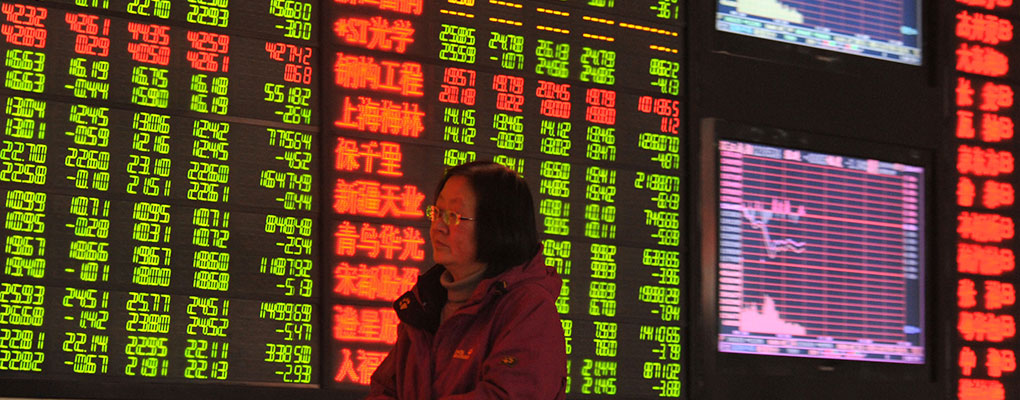
Chinese regulators have axed their bourse’s new circuit breaker less than a week after it came into effect. Introduced on January 4 in response to the turmoil of China’s stock markets in the summer of 2015, the trading curb was intended to provide stability to the market and prevent the wild swings in prices that were seen throughout 2015.
After the circuit breaker triggered a suspension of trading for the second day in the first week of its implantation, China Securities Regulatory Commission held an internal meeting and decided to suspend the new mechanism.
The circuit breaker was designed to trigger a 15-minute suspension of trading whenever there was a five percent drop in the CSO 300 index. A dip of seven percent or more would result in trading shutting down for the remainder of the day.
The first day of trading on January 4, 2016 saw the CSI 300 Index fall by seven percent, followed by a 7.2 percent dip on January 7, leading to the closure of markets for both days.
While most indexes have a circuit breaker mechanism, China’s circuit breaker has been criticised for being too restrictive. As Bloomberg noted, “In the US, trading is halted temporarily after declines of 7 percent and 13 percent in the Standard & Poor’s 500 Index, and only suspended for the rest of the day if losses reach 20 percent.”
The new regulation has been accused of creating greater instability, as investors look to sell shares in greater numbers and quicker, for fear of getting ‘locked in’ in the event of a trading suspension. And, in a self-fulfilling prophecy, the subsequent dip in prices from the increased volume of sales means the circuit breaker being triggered becomes even more likely.


